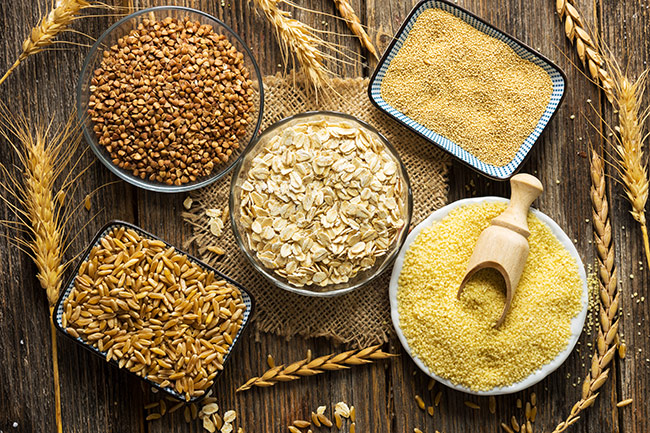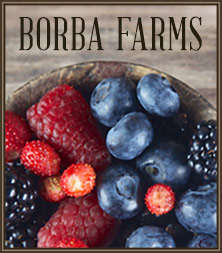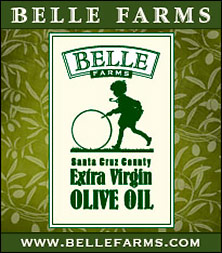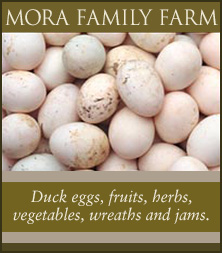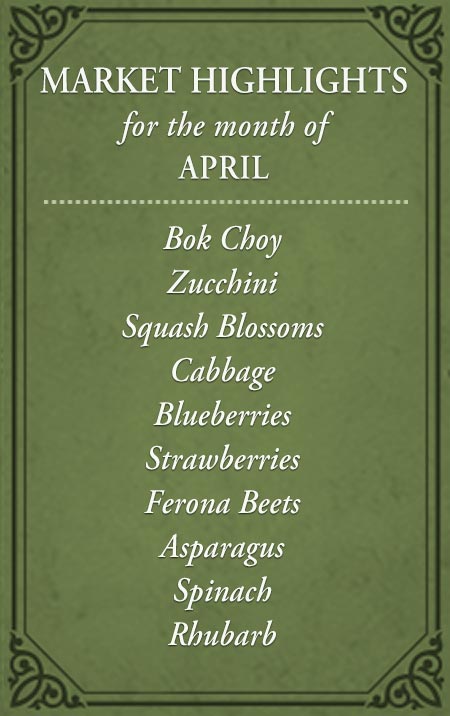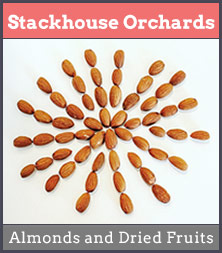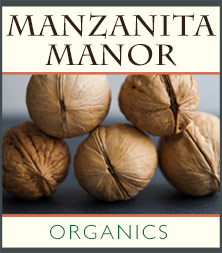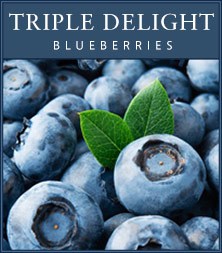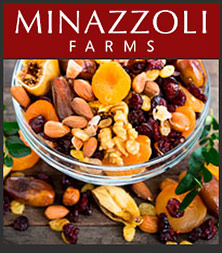Whole grains are healthy, highly nutritious, contain fiber and protein, and are a great substitute for refined carbohydrates. If you find it challenging to get the recommended three servings of whole grains each day, try adding them to soups, salads, and main dishes, or eat them like hot cereal in the morning.
Enjoy crunchy textures like popcorn? Some whole grains can be popped too. Simply heat a cast iron skillet (or similar heavy-bottomed pan), toss in some whole grains, and you’ll have popped grains in moments. Add to salads, or eat like a puffed grain cereal.
What Do Whole Grains Taste Like?
Amaranth: An ancient grain from the Aztecs, these small seeds have a slightly peppery, molasses-like flavor with a bit of nuttiness.
Barley: Use pearled barley instead of rice the next time you make risotto. It has a creamy texture, a very neutral flavor, and is a great source of fiber.
Bulgur: Bulgur is wheat that has been steamed, dried, and cracked. Because it is essentially precooked, only a little soaking is needed to make it tender. It is usually available in fine, medium, and coarse grinds.
Kamut and Spelt: These large, ancient grains are a primitive form of wheat and contain a more digestible form of gluten than modern-day wheat. They taste very similar to wheat berries.
Oats: Most are familiar with rolled oats, but oats are also available as steel cut or groats (the whole oat grain). Oats are also an excellent source of fiber.
Quinoa: Quinoa is easy to like — it has a delightful crunch and a very pleasant taste. Cook a big batch ahead of time, then stir it into muffin or pancake batter, or eat a bowl of it with a little maple syrup and milk. Quinoa is a good source of protein and fiber.
Rye: Rye flour, commonly used in bread and crackers, rolled rye flakes and rye whole grains are also available. Rye whole grains (or ‘rye berries’) have a nice chewy texture with a neutral flavor like wheat berries and make good additions to salads.
Sorghum: Sorghum is high in dietary fiber, and protein, and makes an excellent gluten-free flour. The whole grains can be ‘popped’ to enjoy as a puffed cereal or added to salads for extra crunch. It has a slightly sweet, nutty taste.
Wheat: Whole grain wheat (or ‘wheat berries’) takes an hour or so to cook and has a chewy texture. Add to salads, stews, and soups, or knead into yeast bread dough for added texture and fiber.
Wild Rice: Wild rice isn’t technically ‘rice’ but rather the seeds of an aquatic grass related to rice grown in California and Minnesota. It is gluten-free and has a distinctive nutty, earthy flavor and texture.
How to Cook Whole Grains
Cooking whole grains is as easy as cooking rice. Simmer in water (or a combination of stock and water) and a little salt, if desired, until the liquid is absorbed. Cooking times vary — some grains require more (or less) cooking than others. Below is a simple, printable chart that you can cut out and store on your pantry door for reference.
Whole Grain Cooking Chart
| Dry Grain 1 cup | Liquid Cups | Cooking Time | Yield (Cups) |
| Amaranth | 2 | 20 minutes | 2 ½ |
| Barley (hulled) | 3 | 40 minutes | 3 ½ |
| Brown rice, long grain | 2 | 1 hour | 3 |
| Brown rice, short grain | 2 | 50 minutes | 3 |
| Buckwheat | 2 | 1 hour | 2½ |
| Cornmeal (fine) | 4 | 15 minutes | 2 ½ |
| Cornmeal (coarse) | 4 | 30 minutes | 2 ½ |
| Couscous | 2 | 10 minutes | 2 |
| Farro | 2 ½ | 25-40 minutes | 3 |
| Kamut* | 4 | 45-60 minutes | 3 |
| Millet | 2 ½ | 25 minutes | 3 ½ |
| Oats (groats) | 2 | 1 1/2 hours | 3 ½ |
| Oats (rolled) | 2 ½ | 20 minutes | 3 ½ |
| Oats (steel cut) | 3 | 30 minutes | 3 ½ |
| Quinoa** | 2 | 15 minutes | 2 ¾ |
| Spelt | 3 ½ | 50 minutes | 3 ½ |
| Sorghum | 4 | 25-40 minutes | 3 |
| Wheat (berries) | 3 | 45 minutes | 2 ½ |
| Wheat (bulgur) | 2 | 15 minutes | 2 ½ |
| White rice, long grain | 2 | 30 minutes | 3 |
| White rice, short grain | 2 | 20 minutes | 3 |
| Wild rice | 2 | 40 minutes | 4 |
* Soak overnight
* Rinse very well before cooking
Adding additional flavor is easy, too — sauteed onions, mushrooms, dried fruit, and nuts all make delicious additions to whole grains to make a pilaf. The addition of olive oil or butter adds richness. Polenta (coarse ground cornmeal) tastes richer made with milk or cream added to the cooking liquid of stock or water.
Time Saving Tips
- Pre-soaking grains will shorten the cooking time. Simply combine the grain with the amount of liquid in the recipe for a few hours before cooking. When ready to cook, add extra water if necessary, then cook.
- Make big batches of whole grains to keep on hand. Grains keep 3-4 days in the refrigerator (or freeze) and can be easily re-warmed with a little additional water or broth. Use grains for cold grain salads, warm up as a breakfast cereal or add grains to soup.
- Use grains for cold grain salads, warm up as a breakfast cereal or add grains to soup. Grains also make an excellent addition to baking, such as quick bread or muffins.
Storage
Whole grains must be stored in airtight containers with tight-fitting to maintain freshness since the healthy oils found in the germ of whole grains can be negatively affected by light, heat, and moisture. When storing, be sure to mark the container with the purchase date.
Whole Grains: Stored properly in airtight containers, intact grains will keep for up to 6 months on a cool, dry pantry shelf or up to a year in the freezer.
Whole Grain Flours and Meals: Whole grain flours and meals spoil more quickly than intact grains because the protective bran layer has been broken up and oxygen will begin to degrade the ground grains. If stored properly in airtight containers, many whole grain flours and meals will keep for 1 to 3 months on a cool, dry pantry shelf or up to 6 months in the freezer.
Buying Tips
- Buy grains that are well packaged and sealed tightly. Check the sell-by date. Beware of buying whole grains from bulk bins — be sure the turnover at the retailer is high and only the freshest grains are available.
- Beware of buying whole grains from bulk bins — be sure the turnover at the retailer is high and only the freshest grains are available. Whole grains contain a high oil content which will eventually turn rancid. Use your nose — if you detect a musty or stale scent, the grains have passed their peak and should not be used.
- Whole grains contain a high oil content which will eventually turn rancid. Use your nose — if you detect a musty or stale scent, the grains have passed their peak and should not be used.
- Buy only what you’ll use in the next couple of months.
RECIPES: Honey Pear Bran Muffins, Kamut Granola with Dried Apricots, Farro Pilaf, Farro Risotto with Summer Squash, Tomatoes, Onions, Pesto Farro, Farro with Green Onions, Bulgur Wheat, Roasted Butternut Squash and Cranberry Salad, Wheat Berry and Roasted Root Vegetables Salad with Microgreens, Pumpkin Quinoa Muffins, Lemon Barley Water


